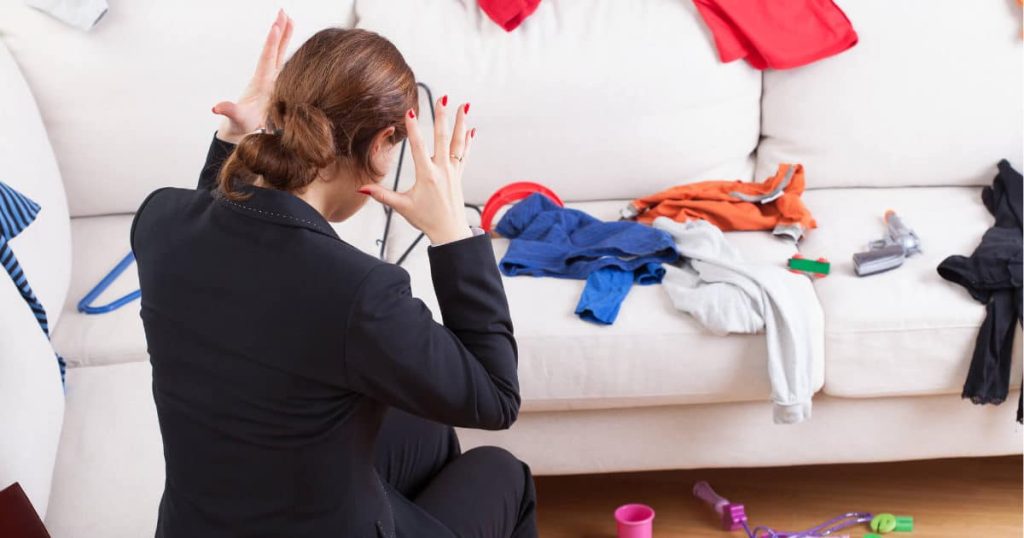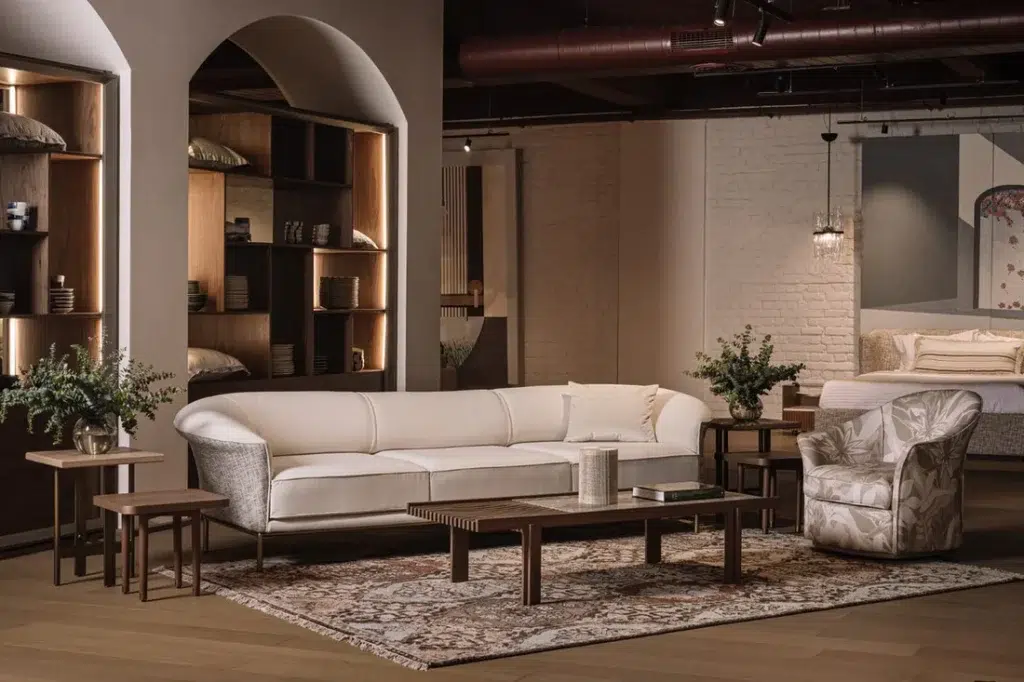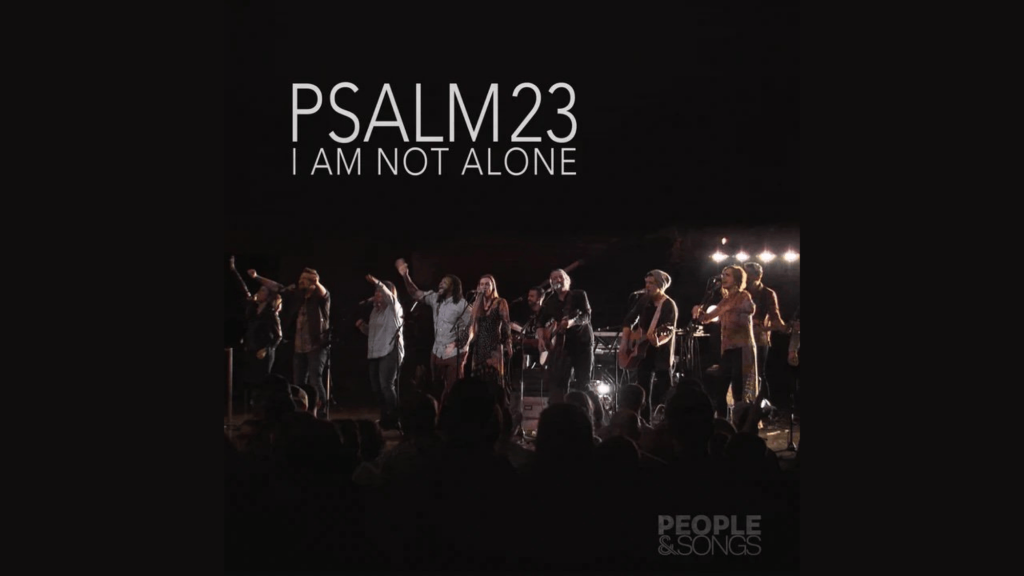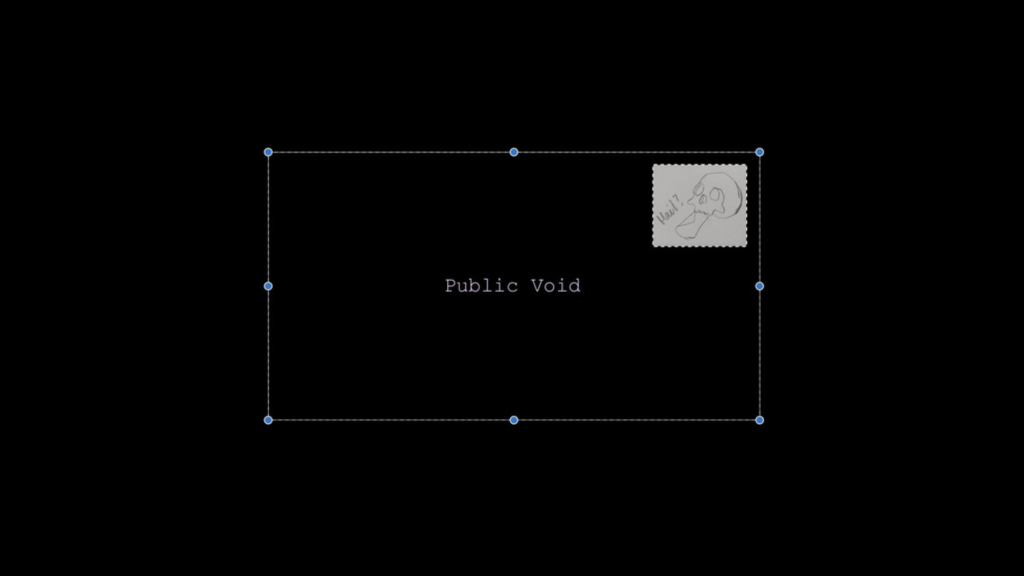If you’re feeling overwhelmed with clutter, don’t worry; you’re not alone!
Many of us find ourselves in a situation where our belongings seem to have multiplied overnight, leaving us stressed and wondering where even to begin decluttering.
Today, we’ll show you a simple and easy approach to starting the decluttering process when you’re overwhelmed.
We’ll discuss practical tips that anyone can follow. Clutter can sneak up on us, piling up in our closets, on our countertops, and in every corner of our homes.
It can make it hard to find things, create unnecessary stress, and make our living spaces feel disordered.
But fear not because with a little guidance, you can regain control and create a more organized and peaceful environment.
So, if you’re tired of feeling overwhelmed with clutter, we’ll provide you with easy steps and actionable advice to help you start your decluttering tour and reclaim your space.
Ways to Begin Decluttering
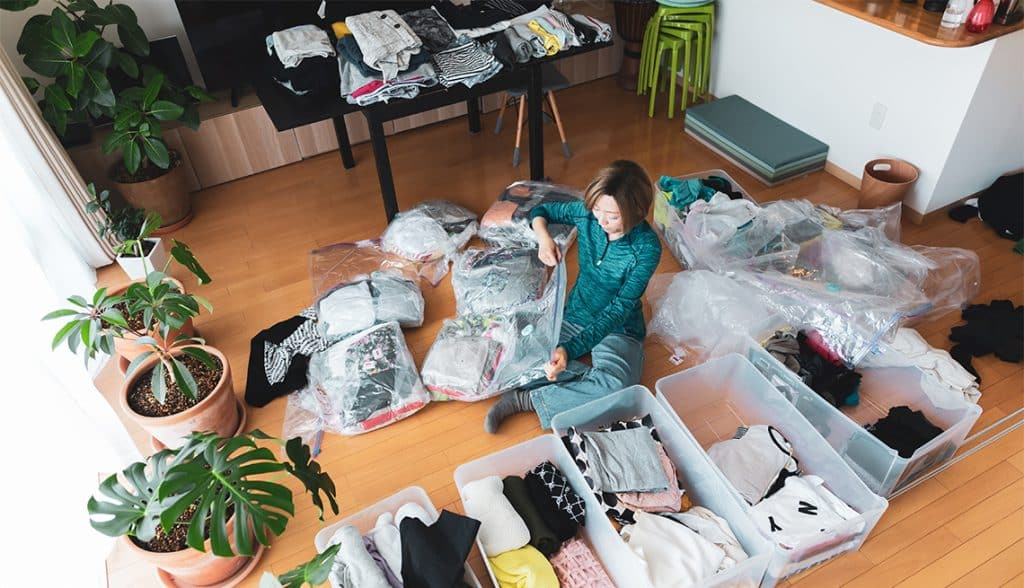
Decluttering can be tough, especially when you have too much stuff around. Each thing might have some special meaning or seem useful.
But with good starting plans, you can make this big task easier and feel good about it, even if you’re overwhelmed with clutter.
1. Create a Clear Vision and Goals
Start by thinking of how you want your home to look when you’re done getting clear of all the extra stuff.
Think about each room and how you’d like it to be neat and calm and exactly how you want it.
Make clear and doable goals for each room you plan to clean up, like your closet, home office, or garage.
Having a clear picture and specific goals will help you stay on track.
2. Categorize and Prioritize
To handle the clutter when you’re feeling overwhelmed, start by sorting your stuff into groups like clothes, books, gadgets, and things with sentimental value.
Then, decide what to deal with first based on how important it is or how much it means to you.
For example, you might begin with your clothes because they take up a lot of space and are easier to go through compared to sentimental items full of memories.
3. The Keep, Donate, Discard Method
Use the Keep, Donate, Discard Method to tackle your clutter. Go through your stuff individually and decide what to do with each item.
If something is still useful or means something to you, keep it. If not, you can give it away or throw it out.
Try not to get too attached to your things, and don’t let your emotions overwhelm you with clutter.
4. Set a Time Limit
Set a timer for 30 minutes or one hour during your decluttering sessions.
This will help you stay focused and make steady progress without feeling stressed. Using a timer keeps you on track and ensures you stay productive.
Simple Steps for Decluttering
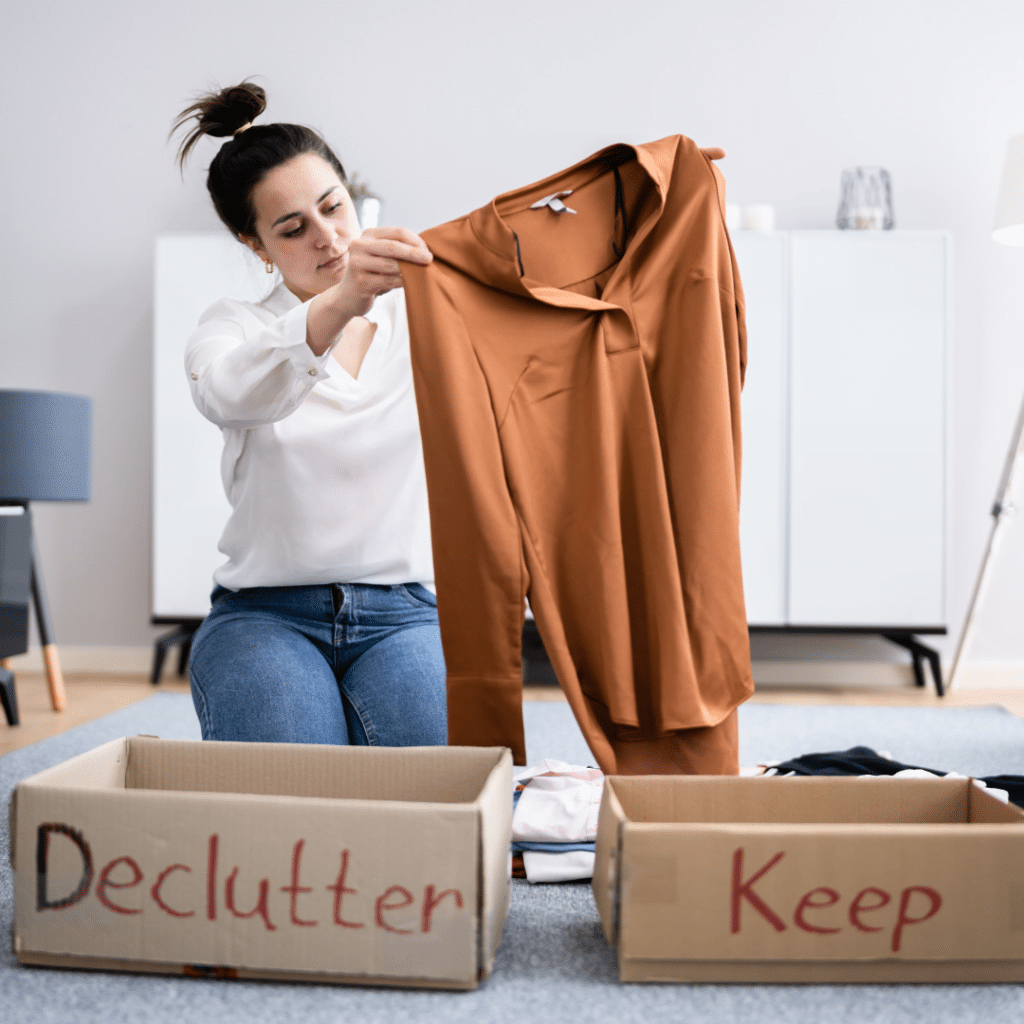
Start by breaking down the process of getting rid of clutter into smaller, easier steps.
Instead of trying to clean up your whole home all at once, pick one room or even just a part of a room.
This way, you can see how much progress you’re making.
Choosing What to Keep
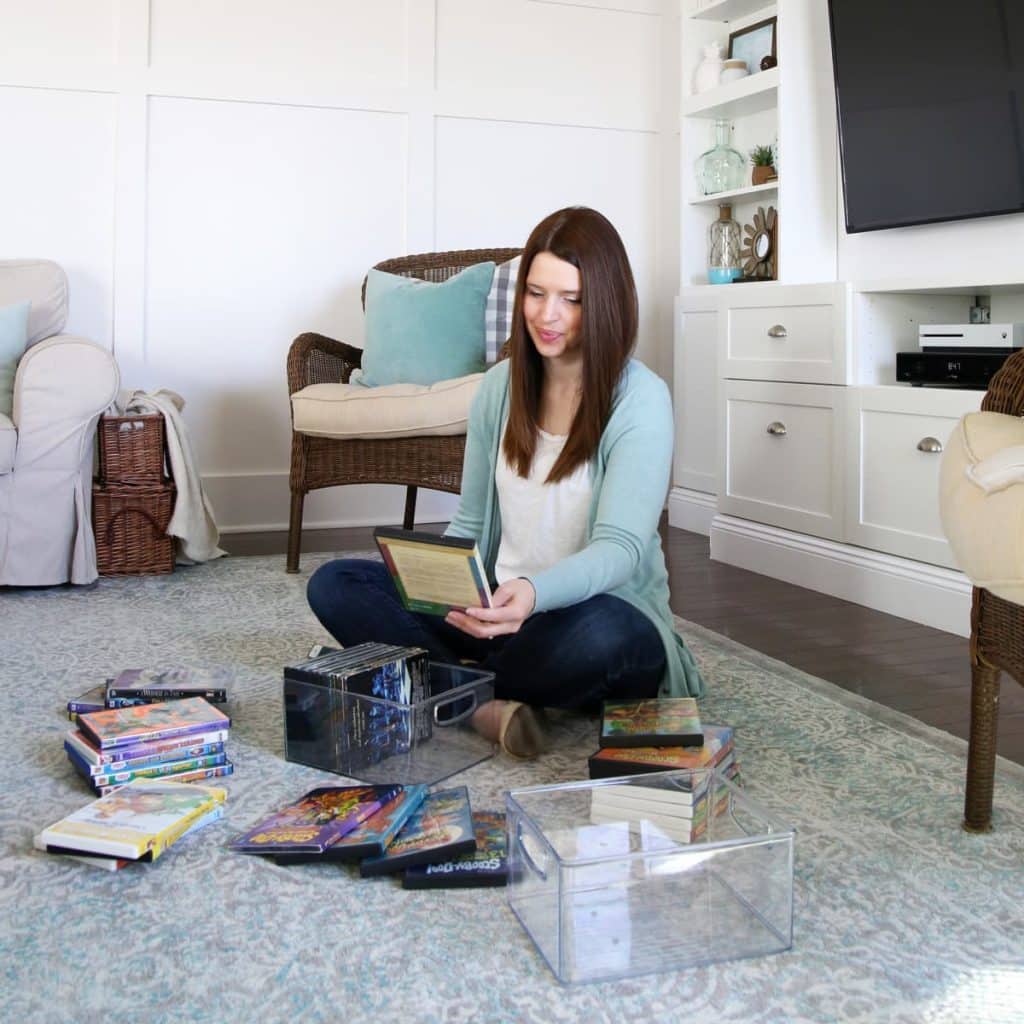
When deciding what to keep, ask yourself a few key questions
- Do I use it regularly?
- Does it hold sentimental value?
- Is it in good condition?
If the answer to these questions is no, consider parting with the item. Remember, decluttering is about creating a space that’s practical and comfortable.
Preventing Mess While Decluttering
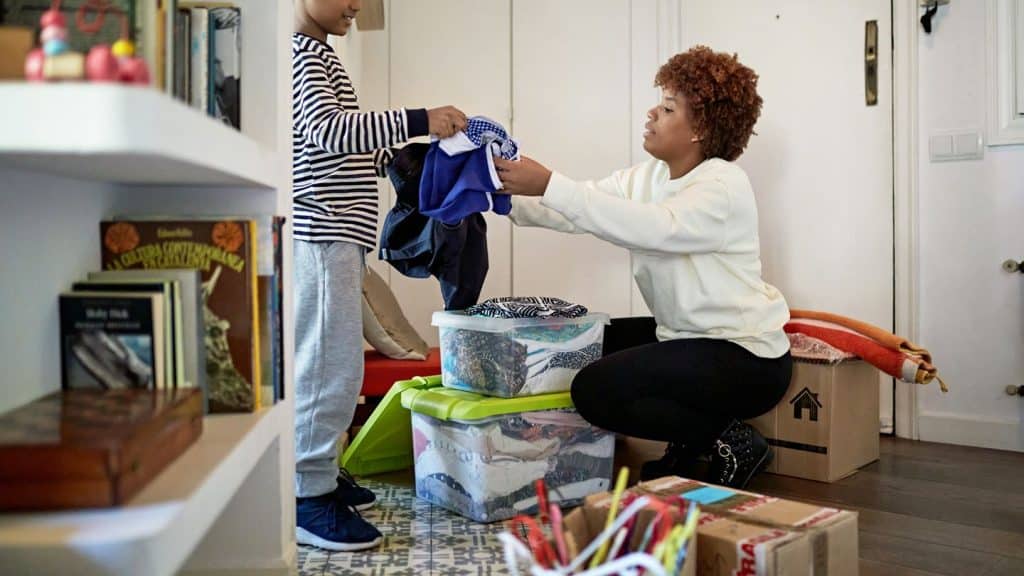
To make decluttering less overwhelming, it’s important first to grab some strong trash bags, strong bins, and basic cleaning stuff like wipes, glass cleaner, and clothes.
Having these things handy will save you time and keep interruptions away.
As you start clearing out, a great plan is to sort your stuff into different groups immediately.
This sorting trick makes it easier to decide what to keep and stops more clutter from piling up—a closer look at those categories.
Achieve a Fast Success

Start by picking a small area where you have too much stuff. This will help you not feel overwhelmed when you start organizing.
You can choose a tiny closet, a bathroom shelf full of things, or just one messy kitchen drawer.
1. Selecting the Right Space
Pick a spot that’s not too messy with stuff everywhere. It should be easy to handle and won’t take too long to clean up.
This could be a linen closet filled with old towels and linens, a bathroom cabinet stuffed with old medicine and half-used beauty stuff, or a messy drawer in your home office.
2. Set Clear Goals
Before you start cleaning up, figure out what you want to do with this cluttered space. Ask yourself what you want to achieve.
For example, if it’s a bathroom cabinet, your goal might be to make it neat and organized for your daily grooming stuff and to get rid of old things.
3. Gather Supplies
Get all the stuff you need before you start. This could be trash bags, bins for recycling, containers to store things, labels, and cleaning stuff.
Having everything ready will make things easier, and you won’t have to stop and look for things while you’re cleaning up.
4. Sort and Categorize
Start by emptying the space you want to organize, like your cluttered closet or bathroom cabinet. Then, group similar things together.
In your closet, put all your shirts in one pile, pants in another, and dresses in a third.
Or, you can organize by season, like summer and winter clothes. In the bathroom cabinet, sort stuff into categories like skincare stuff, toiletries, and medicines.
5. Purge and Declutter
Now, go through everything you’ve sorted. Ask yourself if each item is still useful and in good shape and if you’ve used it lately.
You can donate, recycle, or toss it in the trash. In your drawer, toss out broken things, stuff you don’t need anymore, or anything you have doubles of.
By doing this, you can make your space feel less cluttered.
Combine Your Decluttering Habits

Make decluttering a part of your daily routine by combining it with things you already do regularly.
For instance, spend 10 minutes cleaning up your desk before you start working each morning or tidy up the kitchen while waiting for your coffee to be ready.
This simple habit helps you avoid getting organized in the first place. Decluttering isn’t something you do just once. It’s an ongoing process.
By using these starting tips, you’ll find it easier to start and keep your living space free from too much stuff.
Take it one step at a time, make smart choices about what to keep, and make decluttering a daily habit.
Turn Decluttering into a Good Experience
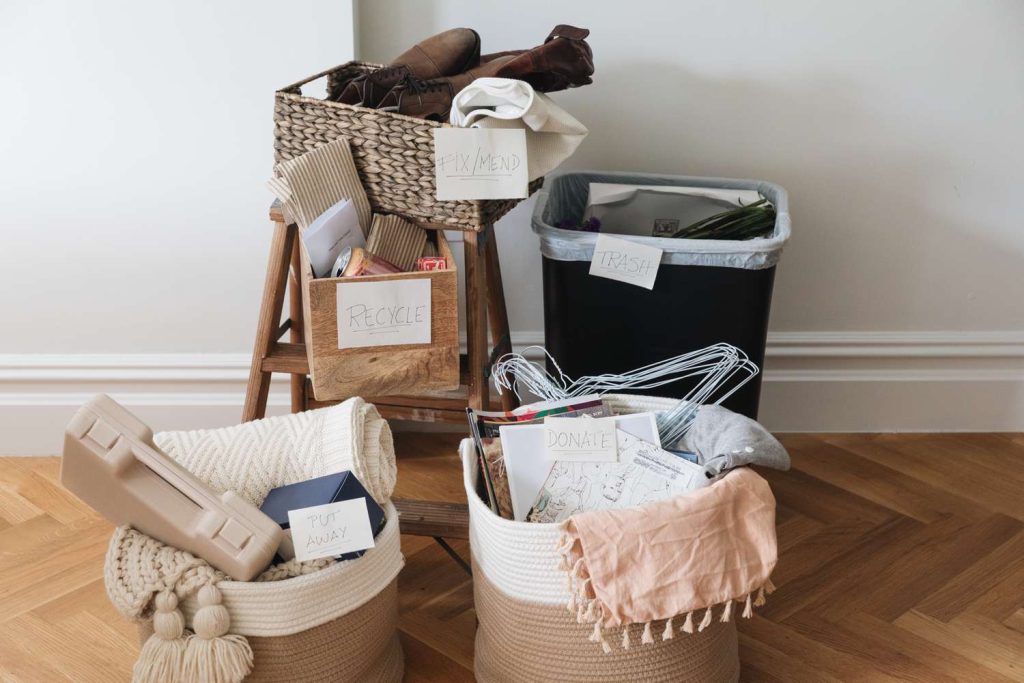
Decluttering doesn’t have to be a daunting task. It can be a positive and even enjoyable experience. To make it a positive journey, focus on the following:
1. Set Realistic Goals
Start with achievable goals.
Trying to clean your whole house in one day might stress you out. Instead, break it down into smaller tasks, like dealing with one room at a time.
2. Celebrate Small Wins
Every item you tidy up is a step toward your goal. Celebrate these little victories to stay motivated.
Treat yourself to a favorite snack or take a short break to enjoy your progress.
3. Involve Loved Ones
Clearing clutter can be a fun activity with friends or family. Ask them to help, making it a social event.
Share stories about the things you find to make it enjoyable.
4. Donate or Recycle
Knowing your stuff will find a new home or be reused can make you feel good. It’s a chance to give back to the community and reduce waste.
Select Important Items to Remember

Decluttering doesn’t mean erasing your past; it’s about organizing the items that hold sentimental value.
1. Create a Memory Box
Use a small box for your special stuff like letters, photos, or souvenirs. This way, you can keep your favorite things without making your space cluttered.
2. Take Photos
If you really like something but it takes up too much space, take a picture of it. You can make a digital album to see your memories whenever you want.
3. Rotate Displays
If you have lots of sentimental stuff, show a few at a time and change them sometimes.
This keeps your space fresh and makes sure you enjoy your treasures without feeling overwhelmed with clutter.
Remember, Decluttering is Not the Same as Organizing
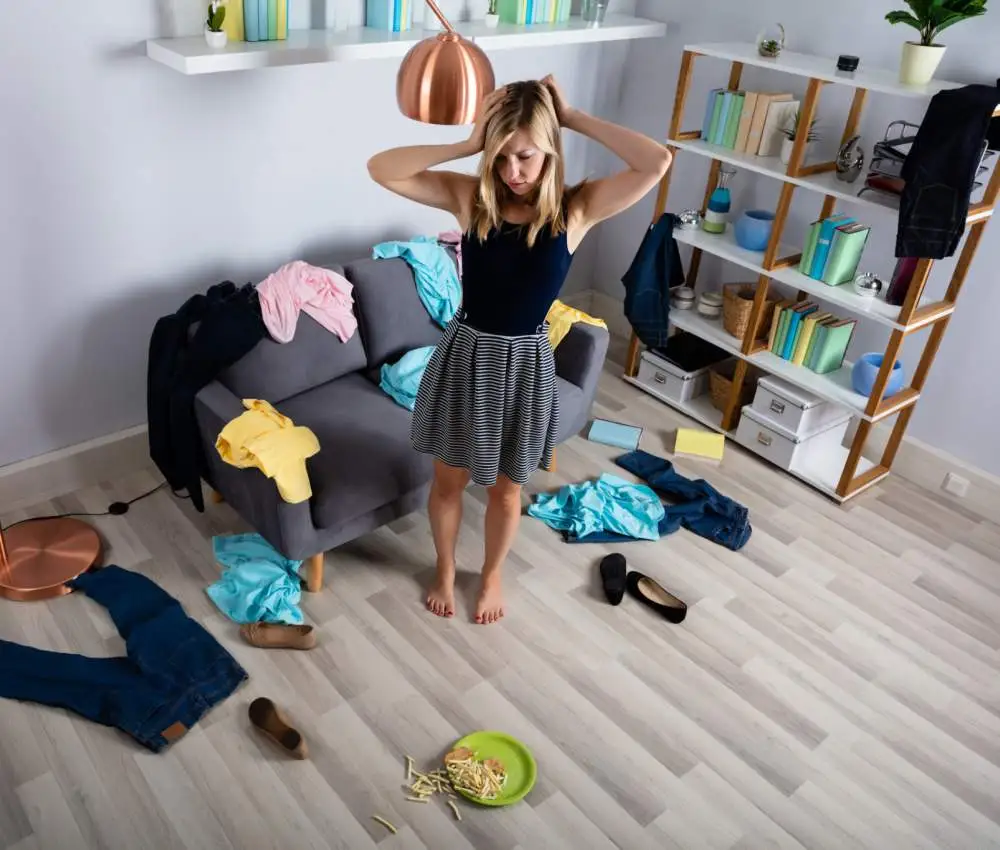
Decluttering and organizing are related but distinct processes. Understanding the difference can help you stay on track.
1. Decluttering
This means having fewer things—the stuff you don’t need or enjoy anymore.
2. Organizing
After you’ve simplified, arranging stuff is next. It’s about putting what you keep neatly and efficiently.
Use shelves, boxes, and labels to keep things organized.
Approach Decluttering as If It’s an Appointment
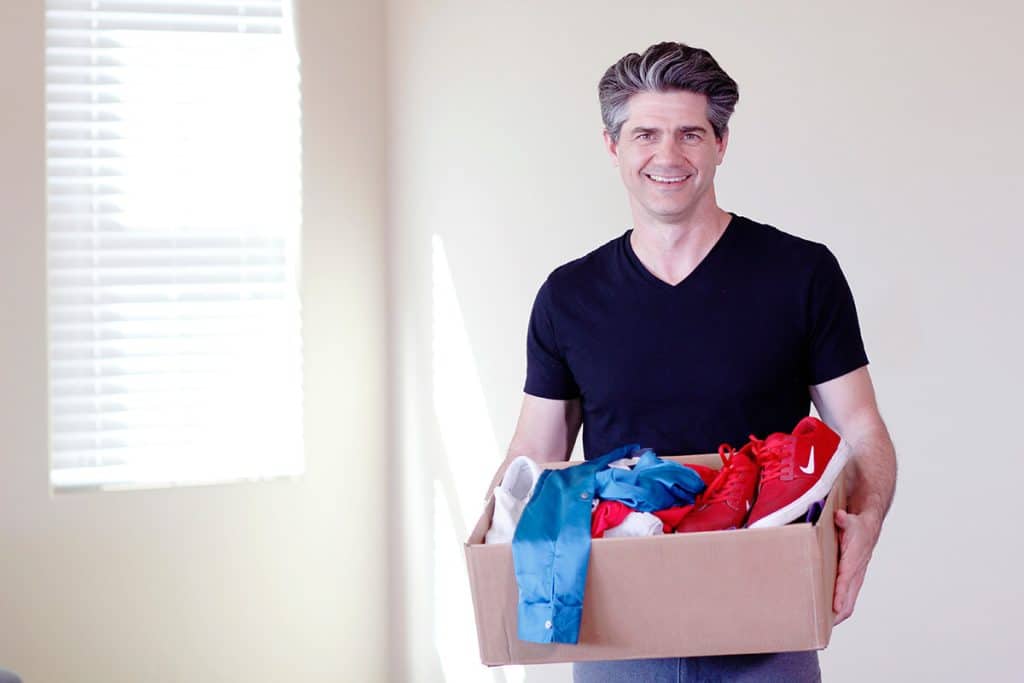
To make decluttering a priority, treat it like any other important appointment.
1. Schedule Decluttering Sessions
Put decluttering sessions in your schedule like important appointments.
2. Set Reminders
Use alarms or reminders on your phone to remind you when it’s time to declutter. Staying consistent is crucial to make progress.
3. Hold Yourself Accountable
Treat decluttering seriously, and don’t skip it. Reward yourself when you complete these sessions to build the habit.
Ask a Loved One to Help You Declutter, Even Online
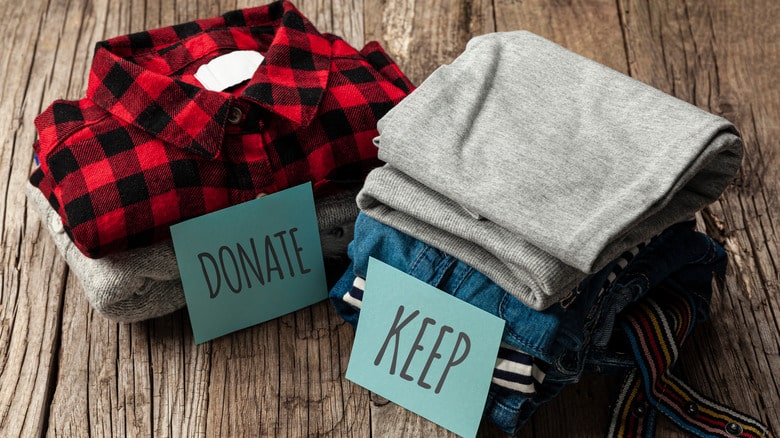
Decluttering can feel daunting when you’re overwhelmed by the sheer volume of stuff in your home.
One effective way to think about this challenge is to get the help of a loved one, even if they’re not physically present. Virtual support can be just as valuable.
1. Emotional Support
Having someone you trust by your side, even if it’s through video chat, can provide emotional support.
They can encourage you, offer advice, and motivate you to keep going when things get tough.
2. Fresh Perspective
A loved one can offer a fresh perspective on your belongings.
They may suggest keeping or discarding items that you hadn’t considered, helping you make more objective decisions.
3. Accountability
When you declutter with a loved one virtually, you feel power. Knowing that someone is waiting for your progress updates can motivate you to stay on track.
Begin with Tiny Steps
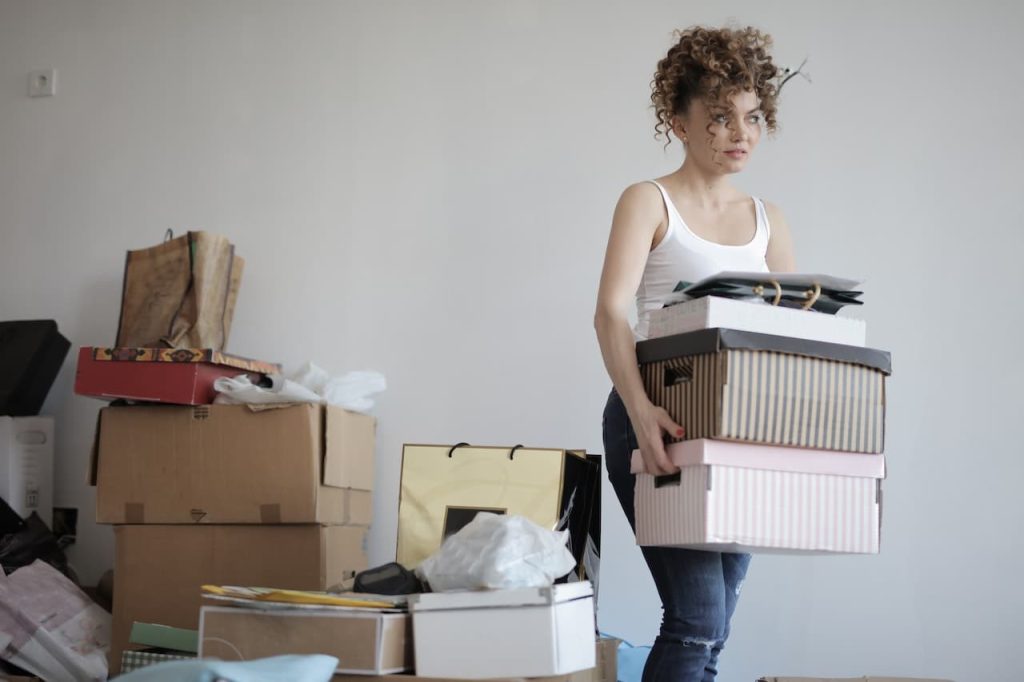
Starting small is crucial when you’re overwhelmed by clutter. It’s all about setting achievable goals and gradually working your way up.
1. Choose a Small Area
Begin with a manageable space, such as a single drawer, a shelf, or a small closet. This prevents you from feeling overwhelmed and helps build your confidence.
2. Set a Timer
Limit your decluttering sessions to a specific timeframe, like 15 or 30 minutes. Short, focused bursts of effort are more sustainable than marathon decluttering sessions.
3. Celebrate Small Wins
Acknowledge your achievements, no matter how minor they may seem. Celebrating small wins boosts your motivation and strengthens your progress.
Build a Routine.
4. Consistency is Key
Schedule regular decluttering sessions in your calendar. Consistency helps prevent clutter from piling up again.
5. Start with Daily Tasks
Begin with daily habits like making your bed or clearing your kitchen counter. These small routines can snowball into more great decluttering efforts.
6. Mix Mindfulness
Practice mindfulness by focusing on the present moment. This can help you let go of attachments to unnecessary items.
Make a Strategy
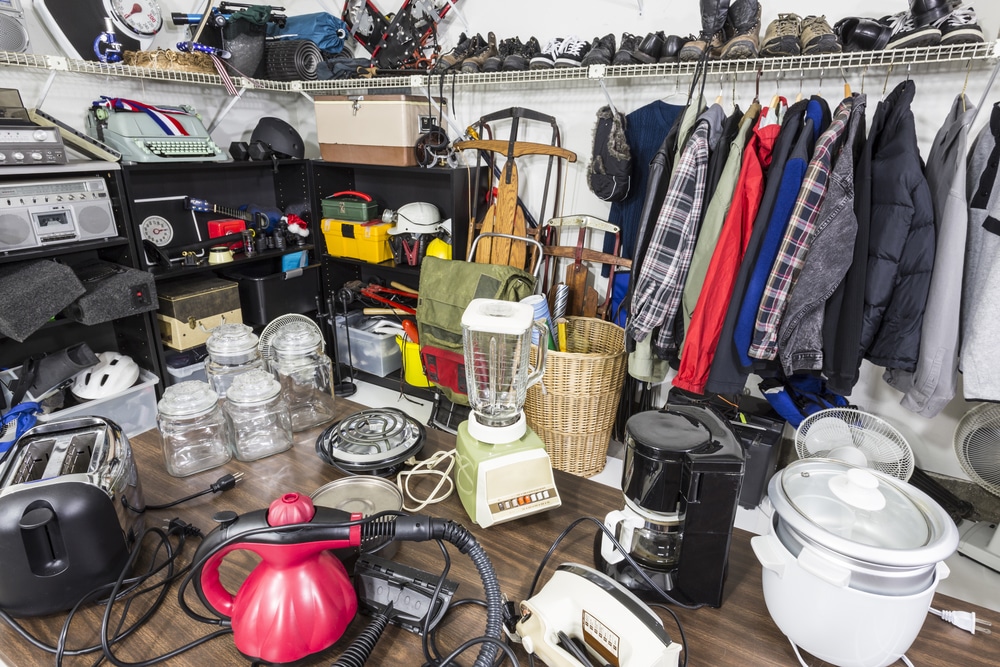
A well-thought-out plan is your roadmap to successful decluttering.
1. Set Clear Goals
Define what you want to achieve with your decluttering efforts. Whether it’s creating more space, reducing stress, or finding important documents, clear goals provide direction.
2. Prioritize Areas
Identify which areas of your home need decluttering most urgently. Start with spaces that impact your daily life.
3. Gather Supplies
Gather necessary supplies like trash bags, storage bins, and labels to stay organized during the process.
Concentrate Your Efforts

Staying focused is essential to avoid getting distracted during decluttering.
1. Minimize Distractions
Turn off your phone or put it on silent mode to minimize distractions. Focus on the task at hand.
2. Use the One-Touch Rule
Handle each item only once. Decide whether to keep, donate, or discard it immediately to avoid creating more clutter.
3. Stay Positive
Maintain a positive mindset throughout the process. Remind yourself of the benefits of a clutter-free space and how each step brings you closer to that goal.
Conclusion
Starting the decluttering process can be simple and stress-free. Don’t forget, the key is to take small steps and go at your own pace.
Begin by picking one area or room at a time. Break it down into manageable chunks, like a drawer or a shelf.
Sort through your stuff and decide what you want to keep, donate, or toss. Keep what you really need and love.
Use clear bins or boxes to organize items neatly. Label them with easy-to-read words to quickly find what you’re looking for later.
This will save you time and reduce frustration. Don’t forget to ask for help if you need it.
Friends or family members can make decluttering more fun and will help you get less overwhelmed with clutter.
It would help if you remembered it’s okay to let go of things that no longer serve you or bring you joy.


